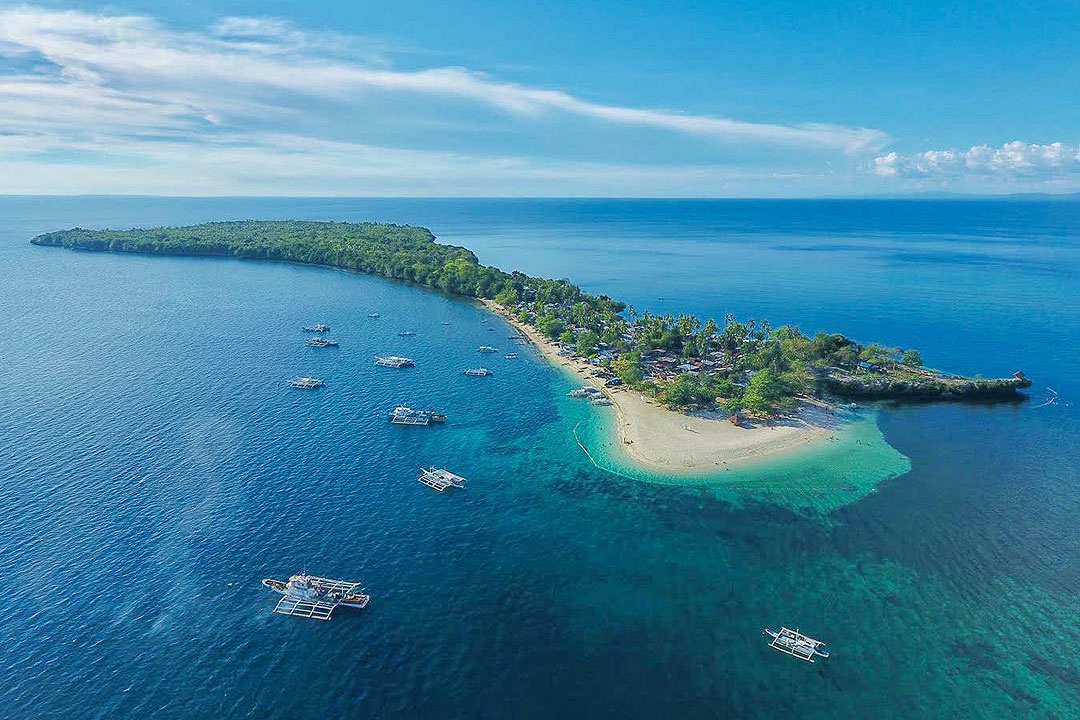Tourism masterplans set for 2 Cebu islands to ensure sustainable development

TOURISM development plans for the islands of Bantayan and Camotes in central Philippines have been completed and will be used by local governments to ensure sustainable growth in the sector, the Office of the Presidential Assistant for the Visayas (OPAV) announced.
OPAV Secretary Michael Lloyd L. Dino said the masterplans are intended to ensure that two of Cebu’s emerging destinations “won’t experience the same fate that Boracay Island went through when it had to be closed for rehabilitation.”
“Tourism is crucial for Cebu. It’s one of the primary economic drivers here,” he said in a statement on Monday.
“So, having these well-researched and well-documented plans will greatly help us further develop the tourism potential of Bantayan and Camotes Islands.”
The blueprints — funded by the Tourism Infrastructure and Enterprise Zone Authority and created by Paulo G. Alcazaren’s PGAA Creative Design — include infrastructure designs that follow easement rules from the shoreline, walkways, public spaces, kiosks for retailers, and sites for various tourism activities.
Lessandro B. Maraon, OPAV’s head executive assistant, said the masterplans were developed in coordination with environment and tourism officials and the local government units of the islands.
“These are detailed plans as they touch on several aspects, including tourism development, transport, culture, power, and wastewater management. These areas are essential in the tourism value-chain,” Mr. Maraon said.
Bantayan, located off the north of Cebu mainland, is known for its beaches and dive sites. It recorded more than 200,000 visitors in 2018, according to OPAV citing data from the Department of Tourism.
The Camotes group of islands east of Cebu, with its white sand beaches and caves, have also seen a steady increase in visitors in the years before the coronavirus pandemic, OPAV said.
The two destinations are part of the Cebu Tourism Development Area under the National Tourism Development Plan 2016-2022.
Government data show the Central Visayas Region, where Cebu is located, recorded 9.4 million tourists in 2019, a 16.36% increase from the previous year. — MSJ



